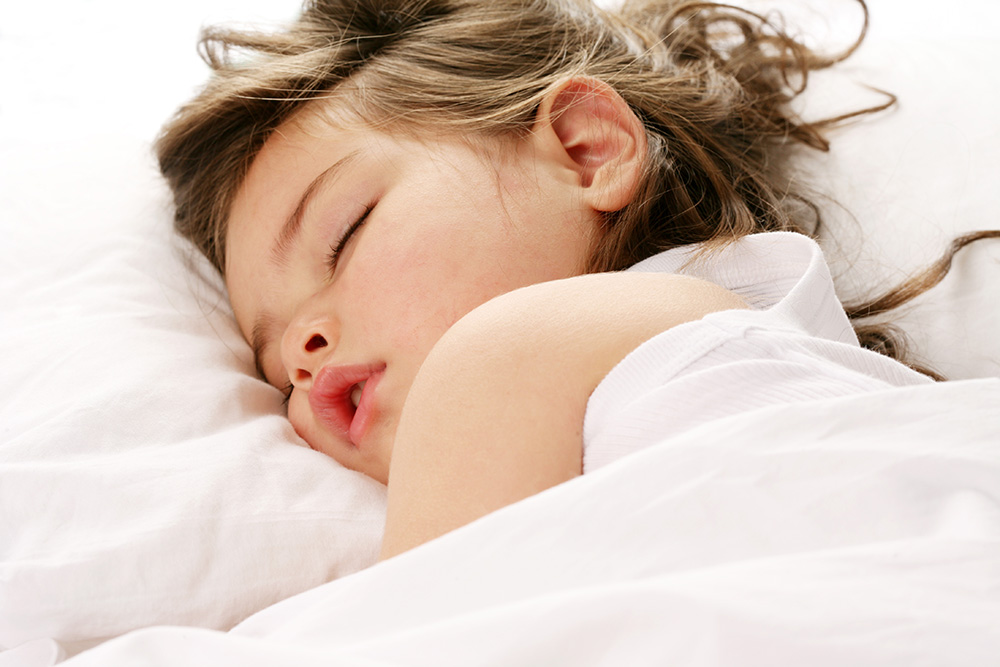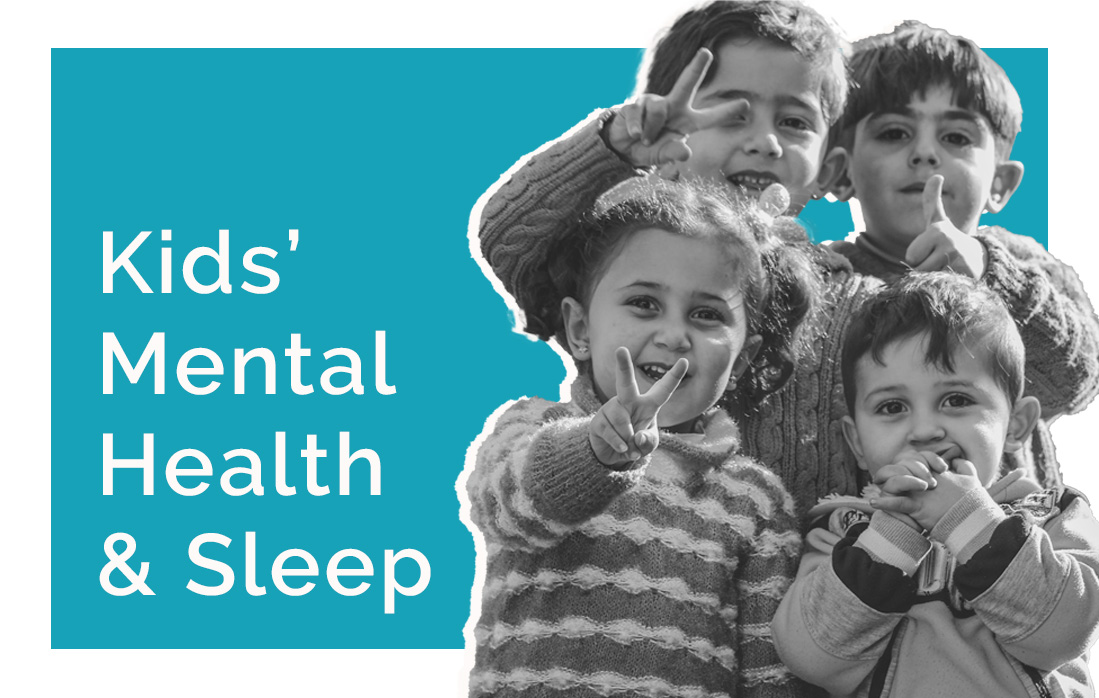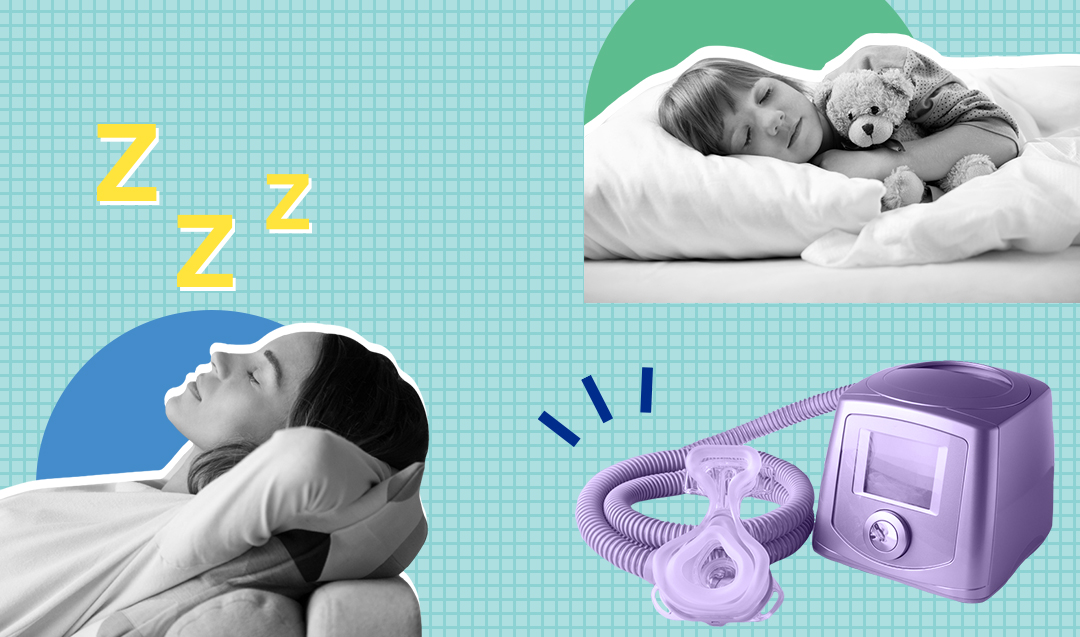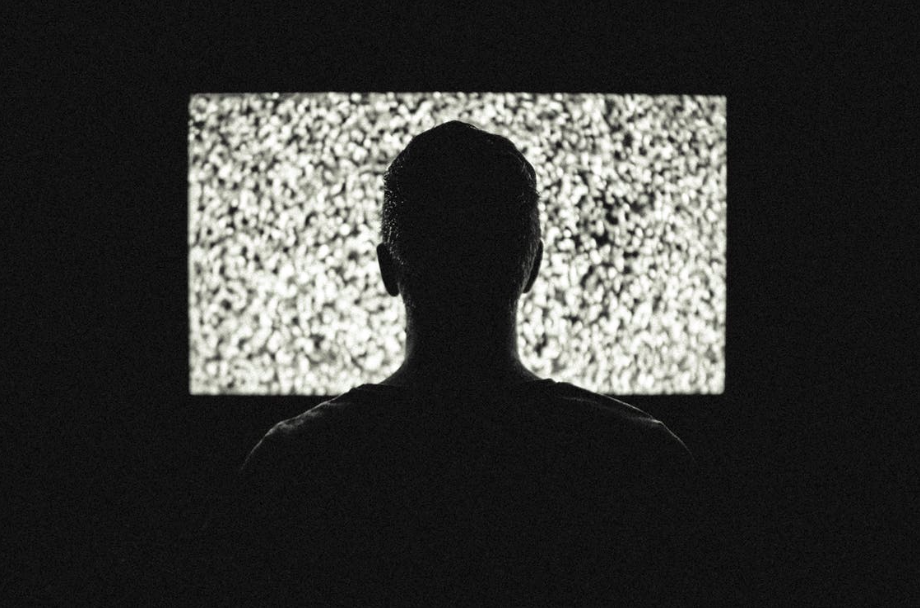
Obstructive sleep apnea (OSA) is a common sleep disorder that’s typically associated with adults, more specifically overweight middle-aged men. (1) But as the rates of childhood obesity grow, so too do the rates of pediatric patients with OSA. As a matter of fact, a new study published in Laryngoscope Investigative Otolaryngology shows that obesity is a significant predictor of OSA severity in kids. (2)
While the study’s original intent was to examine the relationship between socioeconomic status (SES) and pediatric OSA, researchers at UT Southwestern Medical Center and Children’s Health ultimately found something else.
The team studied the medical records of 249 kids under age 18 who participated in a polysomnogram and underwent an adenotonsillectomy at Children’s Health during the same one-year period. When they examined those findings alongside the Area Deprivation Index or ADI (an index that looks at education, employment, and poverty status to define disadvantages in socioeconomic status), the researchers found that socioeconomic status had no bearing on OSA severity. However, they did find that severe OSA was associated with obesity and advancing age in adolescents.
What Is Obstructive Sleep Apnea?
Obstructive sleep apnea (OSA) is a common sleep disorder where the muscles at the back of the throat relax enough to collapse the airway and impair breathing. (3) Apneas often last anywhere from 10 to 20 seconds per event, and some people can experience hundreds of apneas each night. Hallmarks of the condition are loud snoring, gasps for air, poor sleep quality, sleep fragmentation, and excessive daytime sleepiness. (3)
What Causes OSA in Kids?
While this latest study shows that obesity directly contributes to the severity of OSA in kids, Dr. Chelsie Rohrscheib, head sleep expert and sleep scientist at Wesper, tells us that “Pediatric obstructive sleep apnea is primarily caused by anatomical issues of the jaw, oral cavity, and upper airways that the child is either born with or develops over time due to genetic and lifestyle factors.” More specifically, she tells us that common culprits of pediatric OSA are:
- A narrow jaw and high palate
- A small mouth
- Large tonsils
- A large tongue
- Tongue and lip ties
“Children with untreated OSA tend to develop behavioral problems and may seriously struggle academically and in social situations in school,” says Rohrscheib. (4) “Chronic sleep loss from sleep apnea can increase your child’s risk for illnesses, especially infections, and it may stunt growth and their ability to meet developmental milestones on time. Many children with sleep apnea are misdiagnosed with ADHD.”
How to Tell If Your Child Has Obstructive Sleep Apnea
While snoring, loud breathing, mouth breathing, and long pauses in breathing during sleep are the most recognizable signs of OSA in kids and adults, Rohrscheib tells us that “OSA presents differently in children than in adults otherwise.” She notes that some of the more common signs of OSA in children include: (5)
- Difficulty waking up in the morning
- Moodiness/irritability
- Behavioral issues (which often resemble ADHD)
- Poor academic performance
- Dark under-eye circles
- Bedwetting
- Sleepwalking or talking
- Delayed development of core milestones
What Is the Treatment for OSA in Kids?
Understandably, the treatment for OSA in kids will vary from child to child. If OSA is caused by anatomical issues of the jaw, Rohrscheib says, “the treatment will focus on correcting the anatomical defect that directly contributes to the condition. This may be a surgical procedure like removing a tongue tie, removing tonsils, palate expansion, or orthodontic corrections such as a jaw expansion.” (5)
We should note here that tonsillectomies and adenoidectomies are the preferred treatment methods for pediatric OSA. However, if your child has already had those procedures and OSA is still an issue, their doctor may recommend Continuous Positive Air Pressure (CPAP), which is the gold standard treatment for obstructive sleep apnea. (6)
If OSA is a result of obesity, Rohrscheib says treatment options will focus on weight loss, most likely with the assistance of a pediatric dietitian. (5)
A Few Words on Kids and Obesity
Dr. Monique May, a Board-Certified Family Physician and Medical Advisory Board Member at Aeroflow Sleep, tells Sleepopolis that while “there is a percentage of children whose weight gain is due to genetic or hormonal problems, many kids become obese for the same reasons as adults — the consumption of high-calorie, low-nutrient foods (i.e., junk food), increased portion sizes, a lack of physical activity and sedentary lifestyles as a result of increased screen time.”
For those looking to manage their child’s weight and mitigate some of the risks associated with childhood obesity, May says parents can start by living and modeling a healthy lifestyle themselves — one that’s centered on
- Exercise most days of the week
- Limiting screen time
- Adequate water intake
- Eating proper portion sizes
Beyond modeling healthy behavior, May encourages parents to let go of outdated and harmful ideas like cleaning their plates before they leave the table. Instead, she says, parents should teach their children to pay attention and stop eating when they feel full. Moreover, she cautions parents not to “use food as a reward or comfort.”
To reinforce healthy eating habits, May offers the following.
- Use smaller plates to manage portion sizes. A 7-inch plate for kids and a 9-inch plate for adults is ideal.
- Eat responsibly at restaurants. Some restaurant portions can actually be two meals. So consider asking for a to-go container when the meal is brought to the table.
- Focus more on the quality of the food you feed your children instead of calorie counting. Calorie counting is tricky, and if it’s not done correctly, it may make your child anxious and could lead to disordered eating.
- Consider mindful eating. This means eating meals at the table and skipping the TV and screens at mealtime. Mindful eating teaches children to be present while they eat and be aware of satiety cues.

Children and Sleep Apnea

A Complete Guide to Kids’ Mental Health and Sleep

Sleep Apnea in Women and Children: The Lesser-Known Symptoms

Bedtime Binge-Watching Is (Really) Not Helping You Sleep
Sources
1. Jehan S, Zizi F, Pandi-Perumal SR, et al. Obstructive Sleep Apnea and Obesity: Implications for Public Health. Sleep Med Disord. 2017;1(4):00019.
2. Kim, J, Kou, Y-F, Chorney, SR, Mitchell, RB, Johnson, RF. Assessment of neighborhood-level disadvantage and pediatric obstructive sleep apnea severity. Laryngoscope Investigative Otolaryngology. 2024; 8(4): 1114-1123. doi:10.1002/lio2.1098
3. Slowik JM, Sankari A, Collen JF. Obstructive Sleep Apnea. [Updated 2022 Dec 11]. In: StatPearls [Internet]. Treasure Island (FL): StatPearls Publishing; 2024 Jan-. Available from: https://www.ncbi.nlm.nih.gov/books/NBK459252/
4. Trosman I, Trosman SJ. Cognitive and Behavioral Consequences of Sleep Disordered Breathing in Children. Med Sci (Basel). 2017;5(4):30. Published 2017 Dec 1. doi:10.3390/medsci5040030
5. Giuca MR, Carli E, Lardani L, Pasini M, Miceli M, Fambrini E. Pediatric Obstructive Sleep Apnea Syndrome: Emerging Evidence and Treatment Approach. ScientificWorldJournal. 2021;2021:5591251. Published 2021 Apr 23. doi:10.1155/2021/5591251
6. Batool-Anwar S, Goodwin JL, Kushida CA, et al. Impact of continuous positive airway pressure (CPAP) on quality of life in patients with obstructive sleep apnea (OSA). J Sleep Res. 2016;25(6):731-738. doi:10.1111/jsr.12430
7. Rohrscheib, Chelsie. Author interview. September 14, 2024.
8. May, Monique. Author interview. September 13, 2024.
